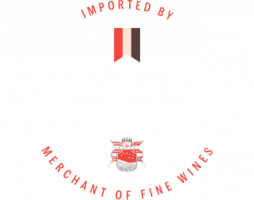2021
Harvest
2021
Harvest
Marche
Quantity: -13% compared to the 2020 harvest
Vintage characterized by complex weather conditions for the Marche vineyards with a winter season that has been among the hottest for the Marche since 1961.
Despite only 34 mm of rain in February, winter rainfall was more abundant than normal and corresponded to a regional average of 225 mm.
The spring season was colder than normal with a difference of -0.4 ° C compared to the historical reference average 1981-2010 and was also characterized by a lack of rainfall.
After the negative anomalies in March and April, the value substantially in line in May, the average temperature returned to rise again in June.
In June, just 15 mm fell and never in the Marches has it rained so little in the first six months of the year. The expected rains arrived in mid-July, but then the lack of rain and the temperature peaks above the historical average continued. The prolonged drought has put a strain on the vineyards, especially on the hills, where the water supply is more difficult than in lowland plants.
The delay accumulated in the previous phases has eased slightly and is recovering, even if the harvest will be delayed by about a week compared to the average.
The health picture is good due to the absence of downy mildew and gray mold, while powdery mildew has appeared in some areas especially on Montepulciano, without however causing particular problems. The vegetative level, more contained than the norm, is generally regular and there is a reduction in the size of the grape.
The lack of precipitation slowed the accumulation of sugars which increase their concentration due to the dehydration of the grape. The above-average temperatures favored the degradation of total acidity, especially due to malic acid, even if the pH values are still low thanks to the reduced potassium content. Therefore, a bit like happened in other similar vintages, acidity and pH will have a strong discriminating power in deciding the harvest date.
Red grapes will have a tendency in general to release more reactive tannins especially on Montepulciano and this must be taken into account in terms of contact times with the skins.
A good year is expected with peaks of excellent quality, especially in the cooler vineyards with greater water supply.
The late frosts, which arrived at the beginning of April, took away 5% of the production in the north-central region, mostly in the valley bottoms but not on the hilly terrain, nor in inland areas such as Matelica, where the vines had not yet sprouted.
The grape harvest for sparkling wine bases started after August 15th, and for Pecorino it began in the third ten days of August. For Verdicchio we will wait for the second ten days of September. Then we will move on to red grapes, Sangiovese and Montepulciano in order, which will probably be harvested around the end of September / beginning of October, depending on the rest of the season.



